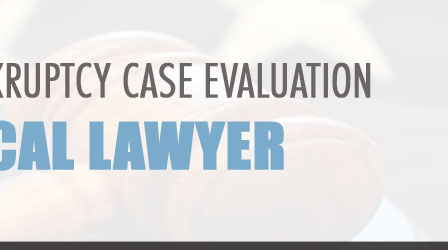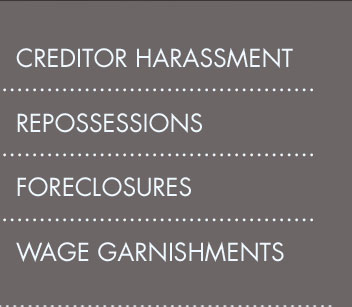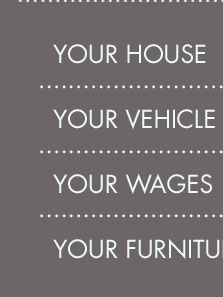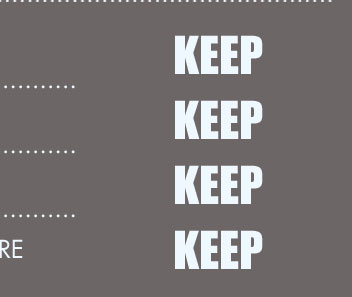 |
 |
 |
|---|
 |
 |
 |
|---|---|---|
 |
 |
 |
 |
 |
 |
|---|---|---|
 |
 |
 |
 |
Filing Bankruptcy in South Dakota: Key Insights and Guidance
Understanding Bankruptcy Options
Filing for bankruptcy in South Dakota can be a viable solution for individuals facing insurmountable debt. It's crucial to understand the different types of bankruptcy available.
Chapter 7 Bankruptcy
Chapter 7 is often referred to as 'liquidation bankruptcy.' It involves selling non-exempt assets to pay off creditors. This option is suitable for those with limited income and assets.
Chapter 13 Bankruptcy
Chapter 13 allows individuals to restructure their debts into a manageable repayment plan over three to five years. This type is ideal for those with a steady income.
Eligibility Requirements
Before filing, ensure you meet the eligibility criteria for the specific type of bankruptcy.
- Means Test: To qualify for Chapter 7, you must pass a means test that compares your income to the state median.
- Debt Limits: Chapter 13 has specific debt limits that must be adhered to.
Steps to File Bankruptcy
- Credit Counseling: Complete a credit counseling course from an approved agency.
- Documentation: Gather necessary financial documents, including tax returns and income statements.
- File Petition: Submit your bankruptcy petition to the South Dakota bankruptcy court.
- Meeting of Creditors: Attend the mandatory meeting with your creditors.
- Completion: Fulfill any remaining obligations, such as a debtor education course.
Considering legal representation? A bankruptcy attorney in Midland, TX can offer valuable guidance even if you're filing in South Dakota.
Impact on Credit and Future Finances
Filing for bankruptcy can significantly impact your credit score and financial future.
- Credit Score: Bankruptcy can remain on your credit report for up to 10 years.
- Loan Opportunities: Access to credit may be limited immediately following bankruptcy.
For individuals elsewhere, consulting with a bankruptcy attorney in Milwaukee, WI may also provide useful insights.
FAQ Section
What assets are protected in a South Dakota bankruptcy?
South Dakota law allows you to keep certain exempt property, including your home, vehicle, and personal belongings, up to specific limits.
Can I file for bankruptcy without a lawyer in South Dakota?
Yes, you can file on your own, but it's recommended to consult a bankruptcy attorney to navigate the complex legal processes involved.
How long does the bankruptcy process take in South Dakota?
Chapter 7 typically takes three to six months to complete, whereas Chapter 13 can take three to five years due to the repayment plan.
Only an individual may file a bankruptcy case without the assistance of an attorney. This is also known as filing pro se.
A petition may be filed by an individual, by a husband and wife together, or by a corporation or other entity. The debtor is also required to file statements ...
To actually file, either you or your attorney, will need to file a two-page petition and several other forms at your South Dakota district bankruptcy court.
![]()